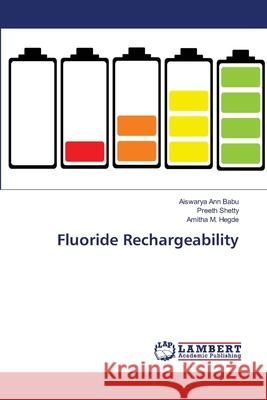Fluoride Rechargeability » książka
Fluoride Rechargeability
ISBN-13: 9783659170188 / Angielski / Miękka / 2014 / 72 str.
Fluoride is a trace element which is well known for its anticariogenic potential.Various forms of fluoride has been used in dentistry such as fluoride varnishes, dentifrices, restorative materials etc. The cariostatic action associated with fluoride-releasing materials is usually attributed to a sustained release of fluoride. Due to the fact that fluoride levels leached from fluoride containing filling materials decreased over time, the "recharging" of restoratives with fluoride has been suggested. Rechargeability is the ability of the material to take up fluoride and release it over a longer duration of time to prevent tooth decay.The ability of a restorative to act as a fluoride reservoir is mainly dependent on the type and permeability of filling material, on the frequency of fluoride exposure and on the kind and concentration of the fluoridating agent.
Fluoride is a trace element which is well known for its anticariogenic potential.Various forms of fluoride has been used in dentistry such as fluoride varnishes, dentifrices, restorative materials etc. The cariostatic action associated with fluoride-releasing materials is usually attributed to a sustained release of fluoride. Due to the fact that fluoride levels leached from fluoride containing filling materials decreased over time, the "recharging" of restoratives with fluoride has been suggested. Rechargeability is the ability of the material to take up fluoride and release it over a longer duration of time to prevent tooth decay.The ability of a restorative to act as a fluoride reservoir is mainly dependent on the type and permeability of filling material, on the frequency of fluoride exposure and on the kind and concentration of the fluoridating agent.











